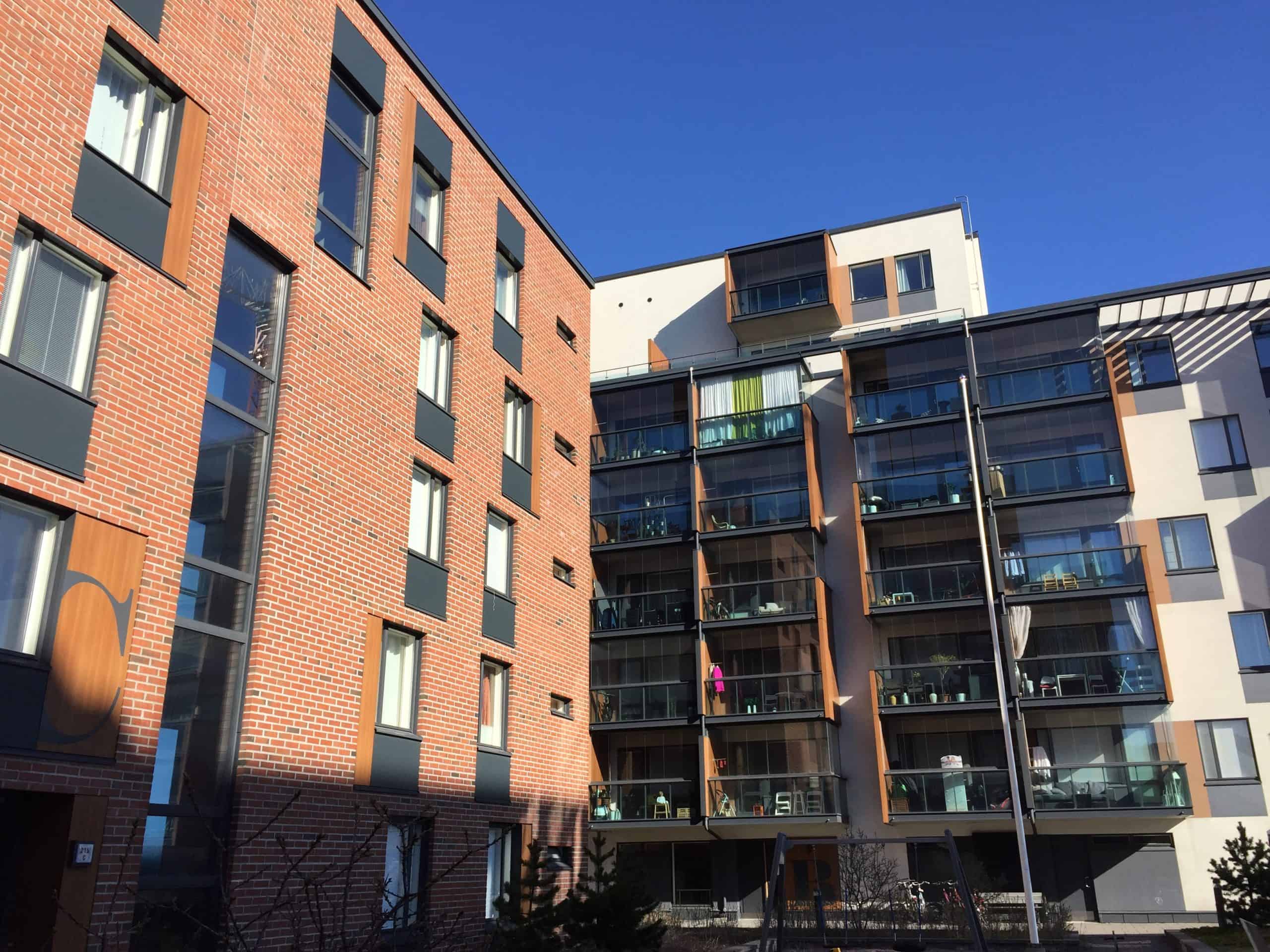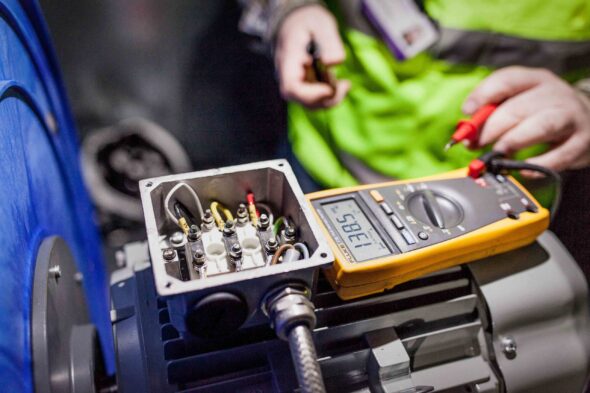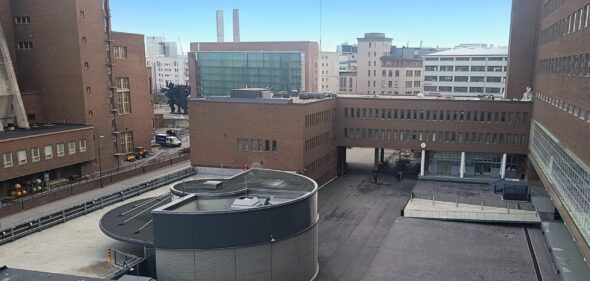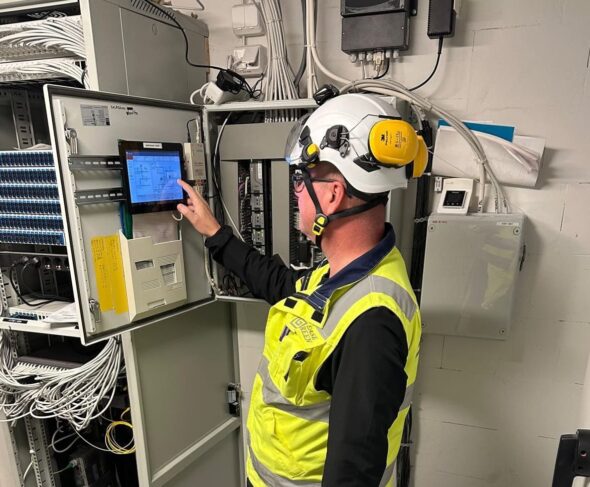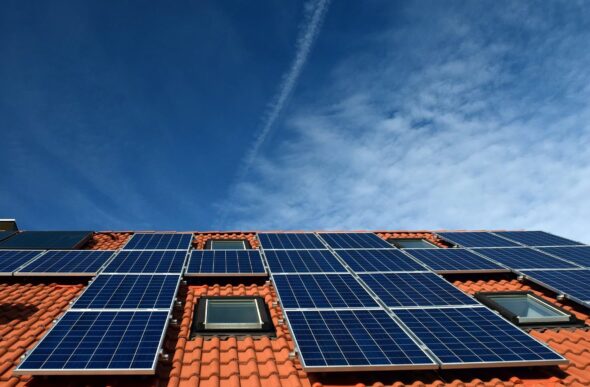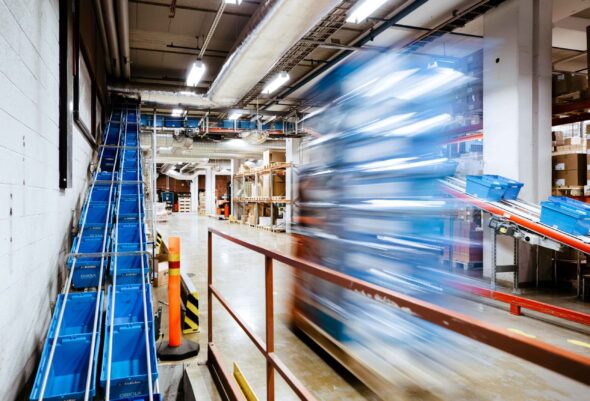In this blog, we will go through what factors to weigh when choosing a heating system when comparing district and geothermal heating. Both systems have their advantages, but in the end it is money and, increasingly, responsibility that weighs most heavily in the decision.
The initial investment for district heating is cheaper than for geothermal heat, but geothermal heat is generally considered more cost-effective than district heating. Costs are influenced by regional differences, the size of the housing company and the relative evolution of district heating and electricity prices.
Background: increases in district heat prices and adverse environmental impacts make geothermal heat more attractive
The real price of district heat will have risen by around 40% by 2024 compared to 2010(Energy Industry Association).
The national price trend for district heat is therefore rising sharply even after disregarding the effects of inflation, but particularly large price increases have been made in recent years by companies that burn a lot of fossil fuels. In Helsinki, for example, the heating bill for apartment buildings in spring 2023 was almost 80% higher than three years earlier(Yle).
In the long term, district heating companies are trying to make the transition to green energy, but during the transition period, the burning of coal and peat has been replaced by wood fibre. District heating companies are therefore competing for wood with the forest industry, which both raises the price of wood and reduces Finland’s carbon sinks(Kauppalehti).
Benefits and challenges of geothermal heating
Geothermal is “local heating”, where geothermal wells drilled into the ground collect heat stored in the ground from the sun, which is transferred to the property via heat pumps. Geothermal heat is therefore a renewable energy and, if the electricity used to operate it is green electricity, it has a very small carbon footprint compared to other forms of heating.
Geothermal heat pumps run on electricity and are usually 3-4 times more efficient than the electricity they use. The buyer can therefore obtain up to four times the amount of energy from heat pumps than the amount of electricity purchased. In this case, the electricity consumption of geothermal heating is significantly lower than that of direct electric heating and therefore the fluctuations in electricity prices also affect geothermal housing companies less than those with electric heating. Geothermal house owners also have more freedom compared to district heating property owners. The electricity company can be put out to tender, the district heating company cannot.
There must be sufficient space for geothermal wells on the plot. The number of wells required will vary depending on the size of the building and its heating needs. The same boreholes can also be used to create a ground cooling system to cool the property during the summer months. Ground source heat can then play a major role in the comfort of the property.
The initial investment for geothermal heat is more expensive than for district heating, but geothermal heat is generally considered more cost-effective than district heating. Accurate sizing, a sufficient number of well meters and properly adjusted and optimised building automation during the first year of operation, as well as continuous efficiency monitoring, are important for cost control to ensure that geothermal heating is able to heat the houses using it as efficiently as possible. This also means that the investment will pay for itself in a shorter period of time, typically 7-10 years. Many housing associations that opt for geothermal heating manage to finance the entire energy investment with the savings from reduced heating costs, without raising residents’ contributions to cover the investment.
Benefits and challenges of district heating
For many housing companies, district heating is a low-maintenance and reliable solution. To be eligible for district heating, a property must be located within the district heating network.
District heat has lower commissioning costs than geothermal heat, but there can be significant differences in long-term cost-effectiveness, which, in addition to the previously described cost factors for geothermal heat, are strongly influenced by the price development of district heat.
The price of district heat depends on investments in the district heating network and heating plants and the price level of the fuels used. District heating typically uses oil, coal, peat or wood as fuel, but electricity is also on the increase.
District heating is typically not considered as environmentally friendly as geothermal heating, but this depends on the means by which the district heating plant produces the energy.
In some properties, district heating may even be the only sensible form of heating, as in densely built-up areas there may not be the space required for other options. This is typically the case, for example, in the central areas of large cities, where it may not be possible to drill geothermal wells.
Decision making
Each property is unique and the comparison between district heating and geothermal heat depends on many factors. The building company has to assess the impact of location and geography, the heating needs of the building, investment costs and the development of electricity and district heating prices. Housing companies should ask for quotations and make comprehensive cost calculations for both options before making a decision.
Read also our other articles on geothermal heat:
What is geothermal heat and how does it work?
Profitability of geothermal heat by region
